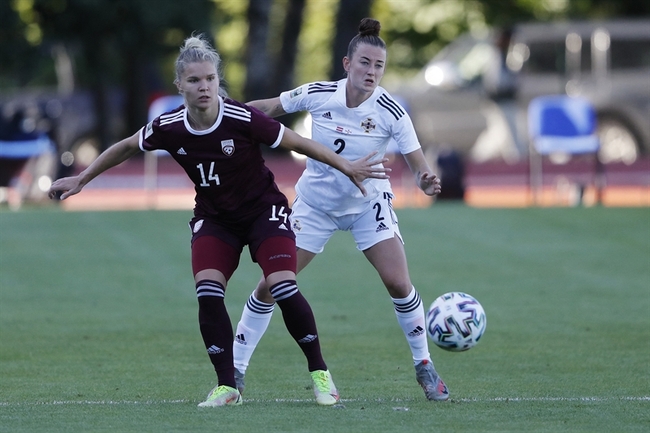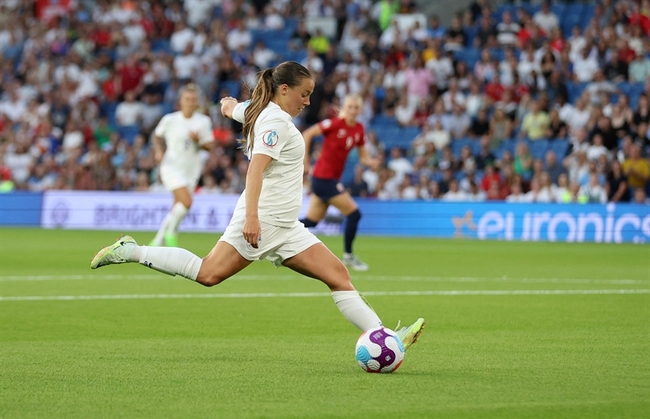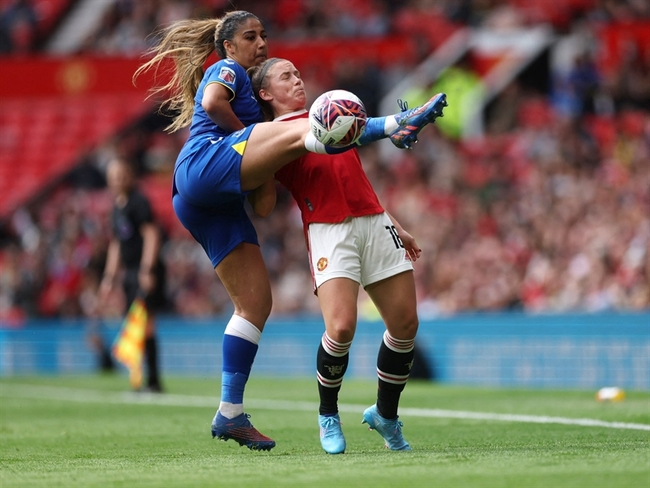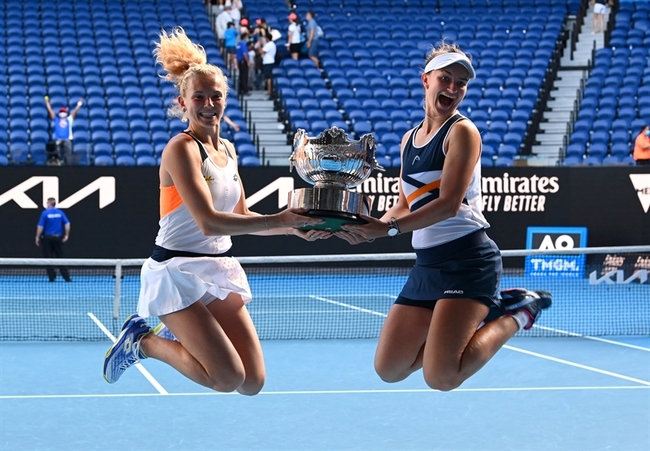10 ways to improve ACL rehabilitation without adding additional exercise

Sportsmen and women, as well as members of the general population, injure their anterior cruciate ligament (ACL) more than any other ligament. The exact incidence is hard to pin down. What we do know is that around 50% of athletes who suffer an ACL tear never return to the same level of play(1). In addition, nearly one-third of those that do return to sport go on to suffer a repeat tear(1).
The sports medicine profession knows it has to do better by these athletes. Attempts to improve both the surgical and the rehab process have yet to make an impact. The current wave of thought is that perhaps surgery isn’t necessary after all. More and more athletes are choosing to forgo surgery and rely on rehabilitation only. There’s even evidence that the ACL may repair itself(2).
However, there has to be something more, something that’s missing in the conventional ACL rehabilitation process. Researchers in Ohio dug a little deeper to find out what additional factors might influence the outcomes, including return to sport rates, for young adults and adolescents who suffer an ACL injury(1). They explored the patient and parent perceptions of the rehabilitation process and uncovered three significant aspects of the rehab process that impact outcomes.
The Ohio group conducted a qualitative study using an interpretive phenomenological methodology in an attempt to understand how both the athletes who suffer an ACL injury, and their parents, experienced and processed the situation they found themselves in(3). Over six months, they conducted interviews with 10 injured teen athletes, all of whom had received a surgical repair and desired to return to sport, and their parents.
The study revealed three main factors influenced rehabilitation outcomes:
- The personal characteristics of the patient
- The quality of the relationship between the physio and the athlete
- Elements of the healthcare system as a whole
The researchers found particular features that contributed to rehab results under each of these main pillars. Granted, this study was small and examined a young population; however, addressing each of these may improve a patient’s chances to return to the prior level of play. While the authors caution against drawing definitive conclusions, the ACL injury stats require bold new ways to think about this injury. Such strategies may require us to move outside of comfort zones and take on roles within the healthcare space that are not well defined. Following these 10 tips won’t guarantee improved outcomes, but they might move the needle a little further toward a successful return to play.
10 Tips to improve ACL outcomes
- Bolster the athlete’s confidence: The authors found that confidence related closely to motivation and accountability during rehab. Athletes are known to feel depressed or guilty after an injury for letting down the team. They may also sense that their body has failed them. Reassure them that their body is healthy and capable of healing. Help them to see the long-term picture of an entire athletic career and lifestyle, rather than a single season.
- Assist with finding resources outside the clinic: An athlete’s access to places and personnel to perform their rehab beyond the physio gym varies wildly. Some have first-rate trainers with well-equipped school gyms while others struggle at home alone with a Theraband. The reality in today’s healthcare environment is that much of the burden of rehab falls on the athletes to do on their own. Helping them locate additional resources such as a low-cost community gym and transportation to get there may improve compliance with home exercise.
- Develop a support network: Athletes report feeling alone and often scared after an injury. Talking with someone who has been through it, especially one who has successfully returned to sport, would go a long way toward boosting confidence and motivation. Sponsor a post-injury support group in your clinic or at a local hangout. Encourage socializing and guide sharing. Teens especially look to their peer group for information and validation.
- Be a guide: Patients and their families look to their physio to be their guide through the rehab process. Often they may not even understand their injury or procedure. Taking the time to review the entire process from the moment of injury through return to sport puts patients at ease and gives them a stake in the process.
- Be a motivator: Sure, physios instruct, but the teaching goes beyond sets and reps. Sometimes you may have to don your coach hat and figure out what motivates a particular athlete. If ACL rehab were as simple as executing an exercise-based plan of care, then an artificial intelligence algorithm could do it. The fact is, it requires a physio who is in tune with the athlete and understands what drives them to endure the painful and challenging climb back to the playing field to successfully lead the patient through rehab.
- Alleviate fear: With goals attained and discharge around the corner, athletes may be at their most vulnerable. Like returning to the scene of a crime, the thought of getting back to real-life sports situations may fill the athlete with anxiety and fear. Assurance with a demonstration of targeted skills they achieved will help the athlete feel confident returning to play.
- Coordinate care: Your role as the lead physio on an ACL case is to manage the care of the athlete. This means communicating with the surgeon and ancillary community-based providers, such as athletic trainers, about the status of the patient. It also means understanding the patient’s benefits and helping the family make decisions as to the best utilization of those benefits. Advocating for the athlete assures they will receive the best possible care and improves their response to rehabilitation.
- Provide a discharge wellness package: Because decisions about utilization of care often leave fewer visits at the end of the rehab process, athletes may feel they’ve been left to their own devices before they were ready. Therefore, providing a reasonably priced wellness package gives the athlete the confidence to know that they can return for regular check-ins and discuss any problems that may arise as they return to sport.
- Say hello: That’s right, something as simple as greeting patient’s by name when they enter the clinic gives them a sense of belonging. Take a look at your clinic culture. Is it rushed and hurried? Do you quickly hand off the athlete to a tech to count reps? Is the front desk welcoming and friendly? Feeling like they are somewhere that cares about them improves athlete outcomes.
- Be a team player: Athletes and families feel confident and well-cared for when the entire medical team acts as just that: a team. Be mindful of what you say about the other professionals the athlete works with. Take the extra step to help coordinate care and be sure to send regular updates to the others on the team.
Reference
- 2019 Aug;49(8):576
- Clin Orthop Relat Res.2012 Apr;470(4):979-85
- Nurse Researcher. 2015 July 14;22(6):22-27
You need to be logged in to continue reading.
Please register for limited access or take a 30-day risk-free trial of Sports Injury Bulletin to experience the full benefits of a subscription. TAKE A RISK-FREE TRIAL
TAKE A RISK-FREE TRIAL
Newsletter Sign Up
Subscriber Testimonials
Dr. Alexandra Fandetti-Robin, Back & Body Chiropractic
Elspeth Cowell MSCh DpodM SRCh HCPC reg
William Hunter, Nuffield Health
Newsletter Sign Up
Coaches Testimonials
Dr. Alexandra Fandetti-Robin, Back & Body Chiropractic
Elspeth Cowell MSCh DpodM SRCh HCPC reg
William Hunter, Nuffield Health
Be at the leading edge of sports injury management
Our international team of qualified experts (see above) spend hours poring over scores of technical journals and medical papers that even the most interested professionals don't have time to read.
For 17 years, we've helped hard-working physiotherapists and sports professionals like you, overwhelmed by the vast amount of new research, bring science to their treatment. Sports Injury Bulletin is the ideal resource for practitioners too busy to cull through all the monthly journals to find meaningful and applicable studies.
*includes 3 coaching manuals
Get Inspired
All the latest techniques and approaches
Sports Injury Bulletin brings together a worldwide panel of experts – including physiotherapists, doctors, researchers and sports scientists. Together we deliver everything you need to help your clients avoid – or recover as quickly as possible from – injuries.
We strip away the scientific jargon and deliver you easy-to-follow training exercises, nutrition tips, psychological strategies and recovery programmes and exercises in plain English.










